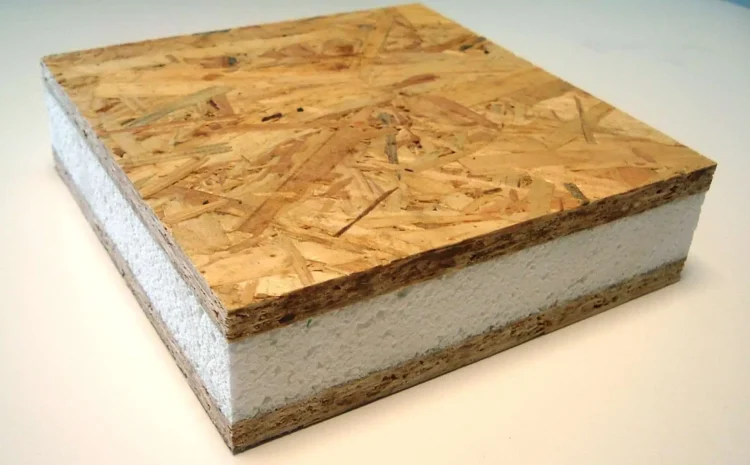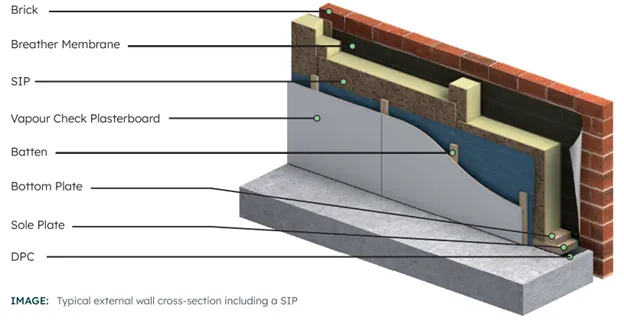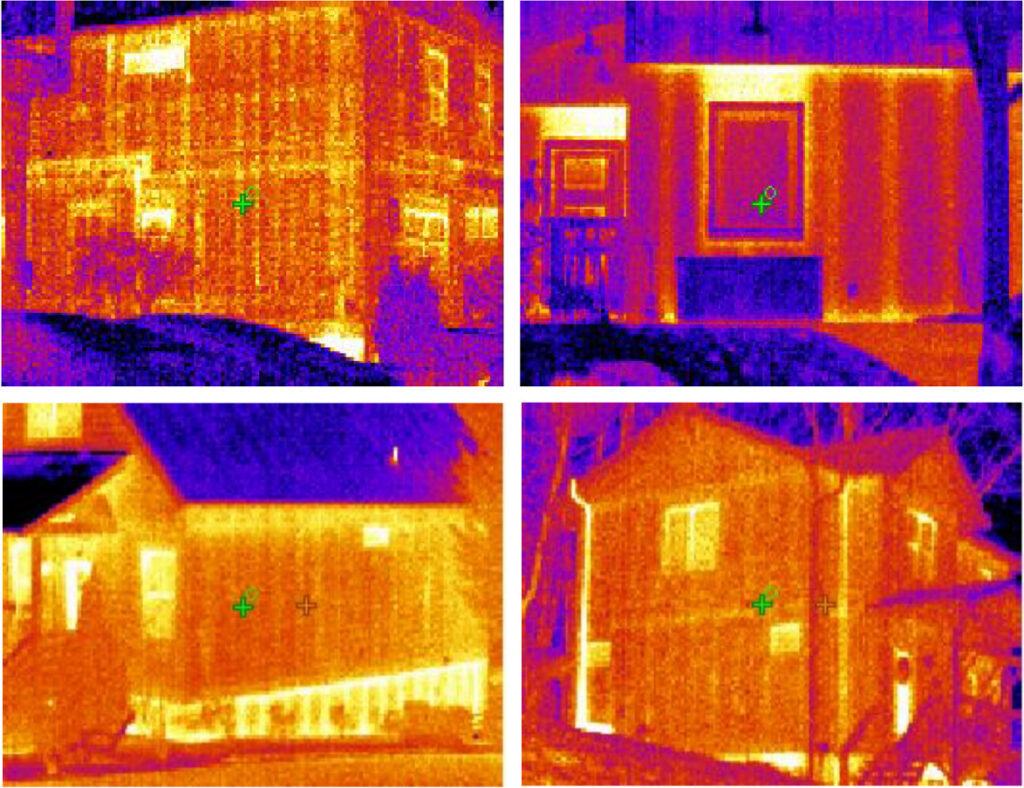
SIPS The Future of Sustainable Construction: Unlocking the Benefits of SIPS Eco Panels
As the construction industry evolves toward more sustainable and efficient building methods, Structural Insulated Panels (SIPS) have emerged as a game-changing technology. These innovative eco panels are revolutionizing how we approach home extensions, conversions, and new builds, offering significant advantages over traditional construction methods.
What Are SIPS Eco Panels?
Structural Insulated Panels consist of an insulating foam core sandwiched between two structural facings, typically oriented strand board (OSB). This engineered system creates a single structural element that serves as both the building’s framework and insulation¹. Originally developed in the 1930s and refined over decades, SIPS technology has gained widespread adoption due to its exceptional performance characteristics².

Superior Energy Efficiency
One of the most compelling benefits of SIPS eco panels is their outstanding thermal performance. The continuous insulation layer eliminates thermal bridging, which occurs in traditional timber frame construction where heat escapes through structural elements³.
Key Energy Benefits:
- Reduced Heat Loss: SIPS panels can achieve U-values as low as 0.15 W/m²K, significantly better than traditional construction⁴
- Airtight Construction: The panel system creates an exceptionally airtight building envelope, reducing unwanted air leakage by up to 90%⁵
- Lower Energy Bills: Homeowners typically see 50-60% reduction in heating and cooling costs compared to conventional builds⁶

Faster Construction Times
SIPS panels are manufactured off-site to precise specifications, arriving ready for rapid assembly. This prefabrication approach offers substantial time savings:
- 50% Faster Build Times: Projects using SIPS can be completed in half the time of traditional construction⁷
- Weather Independence: The quick assembly process reduces weather-related delays
- Reduced Labor Costs: Fewer trades required on-site, streamlining the construction process⁸
Environmental Sustainability
In an era of increasing environmental consciousness, SIPS panels offer significant ecological advantages:
Carbon Footprint Reduction
- Lower Embodied Energy: Manufacturing SIPS requires 50% less energy than producing equivalent traditional materials⁹
- Reduced Waste: Precision manufacturing minimizes construction waste by up to 75%¹⁰
- Carbon Sequestration: The OSB facings store carbon throughout the building’s lifetime¹¹
Sustainable Materials
- Renewable Resources: Made primarily from sustainably sourced wood products
- Recyclable Components: End-of-life panels can be recycled or repurposed¹²
Structural Strength and Durability
Despite their lightweight nature, SIPS panels offer exceptional structural performance:
- High Load-Bearing Capacity: Can support significant structural loads while maintaining insulation properties¹³
- Seismic Resistance: The monolithic panel structure provides excellent earthquake resistance¹⁴
- Wind Resistance: Superior performance in high-wind conditions compared to traditional framing¹⁵
Improved Indoor Air Quality
The airtight nature of SIPS construction, combined with proper ventilation systems, creates healthier indoor environments:
- Reduced Allergens: Minimal air infiltration prevents dust, pollen, and pollutants from entering
- Consistent Temperatures: Eliminates cold spots and drafts that can cause condensation and mold
- Better Humidity Control: Improved building envelope performance supports optimal indoor humidity levels¹⁶
Cost-Effectiveness Over Time
While initial material costs may be higher, SIPS panels deliver significant long-term value:
Immediate Savings:
- Reduced labor costs due to faster installation
- Lower foundation requirements due to lighter weight
- Simplified mechanical systems due to superior insulation
Long-term Benefits:
- Dramatically reduced energy bills
- Lower maintenance costs
- Increased property value due to energy efficiency¹⁷
Conclusion
SIPS eco panels represent a mature, proven technology that addresses the key challenges facing modern construction: energy efficiency, sustainability, speed, and quality. For homeowners considering extensions, conversions, or new builds, SIPS offer a compelling combination of immediate and long-term benefits.
At Carter Langford Construction, we’re proud to offer SIPS technology as part of our commitment to delivering exceptional, sustainable building solutions. Our experience with these innovative panels ensures your project benefits from both cutting-edge technology and expert craftsmanship.
Ready to explore how SIPS eco panels could benefit your next project? Contact Carter Langford Construction today for a free consultation.
References
- Structural Insulated Panel Association (SIPA). “What are SIPs?” 2023.
- Building Research Establishment (BRE). “A History of Structural Insulated Panels.” BRE Press, 2022.
- Zero Carbon Hub. “Thermal Bridging Guide.” 2016.
- NHBC Foundation. “Structural Insulated Panels: Performance and Standards.” 2023.
- Air Tightness Testing & Measurement Association (ATTMA). “Technical Standard L1.” 2016.
- Energy Saving Trust. “Comparative Energy Performance Study.” 2023.
- Construction Industry Research and Information Association (CIRIA). “Modern Methods of Construction.” 2022.
- Royal Institution of Chartered Surveyors (RICS). “Construction Labour Efficiency Report.” 2023.
- University of Bath. “Embodied Energy in Construction Materials.” Journal of Sustainable Construction, 2022.
- WRAP (Waste & Resources Action Programme). “Construction Waste Reduction Study.” 2023.
- Forest Research. “Carbon Storage in Timber Construction.” 2022.
- Ellen MacArthur Foundation. “Circular Economy in Construction.” 2023.
- Timber Research and Development Association (TRADA). “Structural Performance of SIPs.” 2022.
- Earthquake Engineering Research Institute. “Seismic Performance of Panel Construction.” 2021.
- Building Research Establishment. “Wind Load Resistance Testing.” BRE Digest 489, 2022.
- Indoor Air Quality Association. “Building Envelope Performance and IAQ.” 2023.
- Royal Institution of Chartered Surveyors. “Energy Efficiency and Property Values.” 2023.
